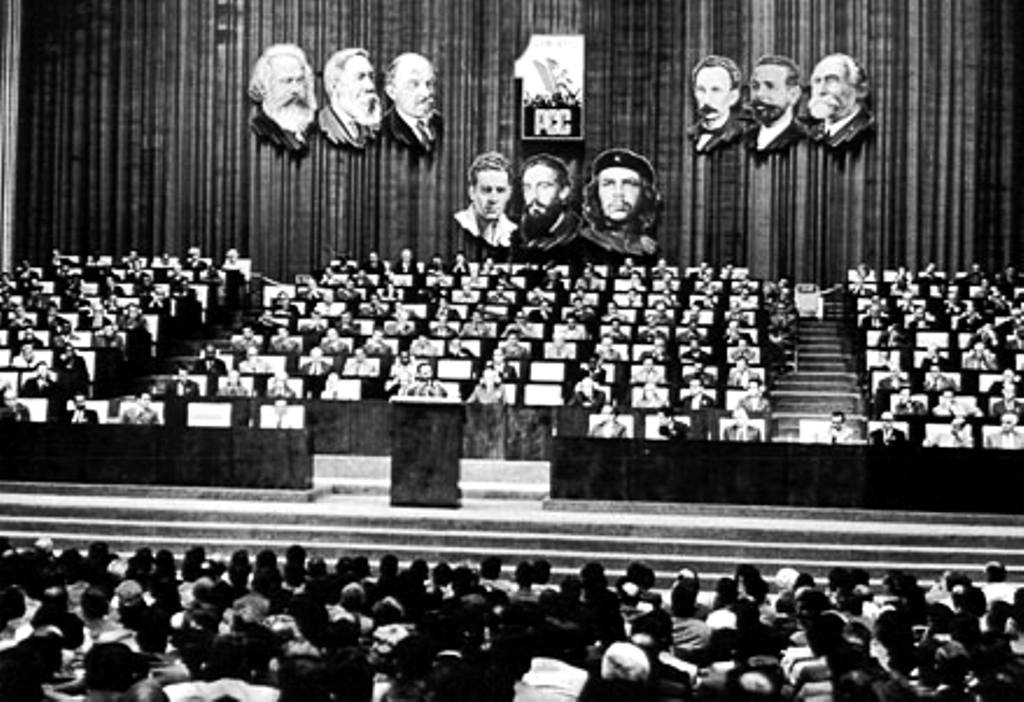The Sixth Congress of the Cuba’s Communist Party, meeting from April 16 to 19, may be a turning point for Cuba. It may also be the beginning of President Raul Castro’s attempt to forge his own “legacy” and to emerge from the long shadow of his brother. In order to succeed, the reformist thrust of the Congress must be ambitious and courageous, moving Cuba away from the defunct economic and political approaches copied from Soviet orthodoxy in the 1960s.
How likely is Raul to succeed?
There seems to be no chance that Raul will abandon Cuba’s Soviet-style political institutions and Communist Party monopoly. While Cuba is a signatory to Universal Declaration of Human Rights, the International Covenant on Civil and Political Rights and the International Labour Organization’s Conventions, there is virtually no possibility that Raul will use the opportunity of the Congress to honor fully Cuba’s commitments to the human, political, civil and labor rights enshrined in these covenants.
But economic reform in a “market friendly” direction is probable. In various speeches since 2006, Raul has indicated that he recognizes the problems that Cuba confronts in terms of the production of agricultural and industrial goods and improvement of Cuba’s infrastructure. He is well aware of the unbalanced structure of the economy, the monetary and exchange rate pathologies and the dysfunctional incentive environment. He has approached the problems systematically and deliberatively – though perhaps somewhat leisurely.
Raul’s new approach is embodied in the “Draft Guide for Economic and Social Reform” published in November 2010. This constitutes an ambitions and comprehensive “wish-list” or statement of aspirations designed principally for popular discussion. It represents a strong commitment to reform. While there are internal inconsistencies and opaque elements among the 291 recommendations, there are deep-cutting proposals on many aspects of economic organization and policy. However, there were no priorities indicated among the recommendations. There was no suggestion of the sequencing of policies. There was no apparent coordination among the proposals.
In order to forge a viable reformist strategy from this wish-list, a new document is required. This indeed has probably been prepared for approval at the Congress. This document may include a clearer statement of specific objectives. It also would need to prioritize policies and include some sequencing of actions and generally to provide some “focus” to what is in effect a check list of good intentions.
In such a reform process many things would be changing simultaneously with symbiotic impacts and consequences that will likely be painful and are difficult to foresee. Will Raul have the courage to take the risks inherent in an ambitious process of economic change? This was not apparent in view of his earlier “go-slow” approach prior to the Congress.
There undoubtedly is opposition, of indeterminate strength, to the prospective reform process. Former Minister Jos Luis Rodriguez, for example asserted that
“…essentially, the model could be sustained; the proof is that the economy continued growing since 1994. ….the fact is that there was not a recession despite all the problems”
If the model was not in crisis, ambitious and deep-cutting reforms obviously would be unnecessary and perhaps foolish.
However, while the “Fidelistas” will run interference, the reform process is likely sustainable. There are a variety of reasons for this conclusion:
- Cuba’s economic problems must be dealt with;
- As the micro-manager of the economy for some 45 years, Fidel himself is discredited:
- All of the “Fidel Models” are discredited by current realities, by the “Draft Guide,,,”; by Raul’s statements and speeches and by the publicity regarding the need for a reform;
- The “Fidelistas” appear to be on the wane;
- Generational change is under way;
- The climate of opinion seems to have changed and large numbers of Cuban citizens appear to be ready for reform – despite the risks that are already apparent;
- Heightened popular expectations for change will be increasingly difficult to contain.
Moreover, the Fidelista Ministers have been replaced by President Raul Castro and he has moved his military colleagues into management positions throughout the economy – though this also is problematic.
Finally, at this stage of his life Raul is probably thinking about his “legacy” and his place in history. It is unlikely that he wants to be judged as the minor appendage of his older brother. He seems to want his own “economic model.” Perhaps he recognizes that while “History will (not) absolve” Fidel, perhaps it might absolve him. If he were to introduce major political reforms he would earn a very significant place in “History.” However, introducing deep-cutting economic reform is a start.
The Sixth Congress of the Communist Party of Cuba is indeed Raul’s main chance.



Pingback: political reform in Cuba « Thought du Jour